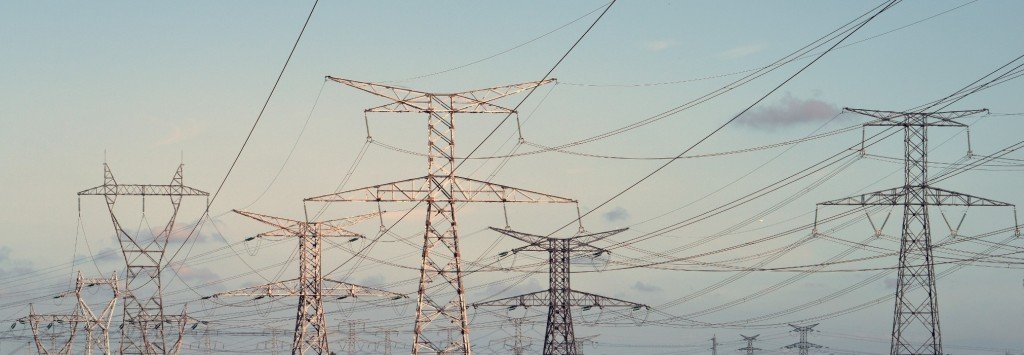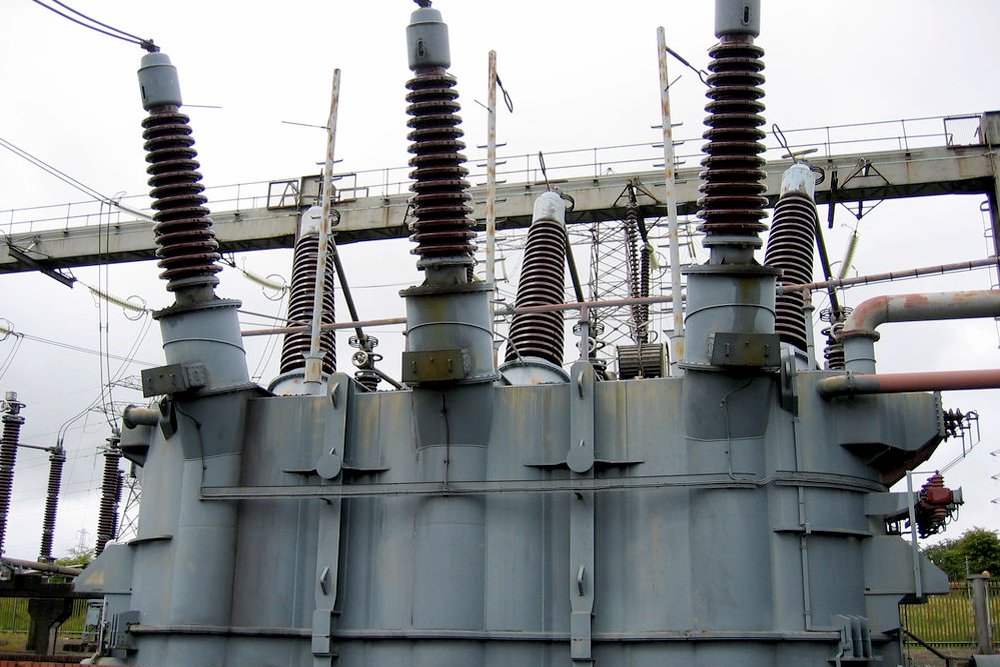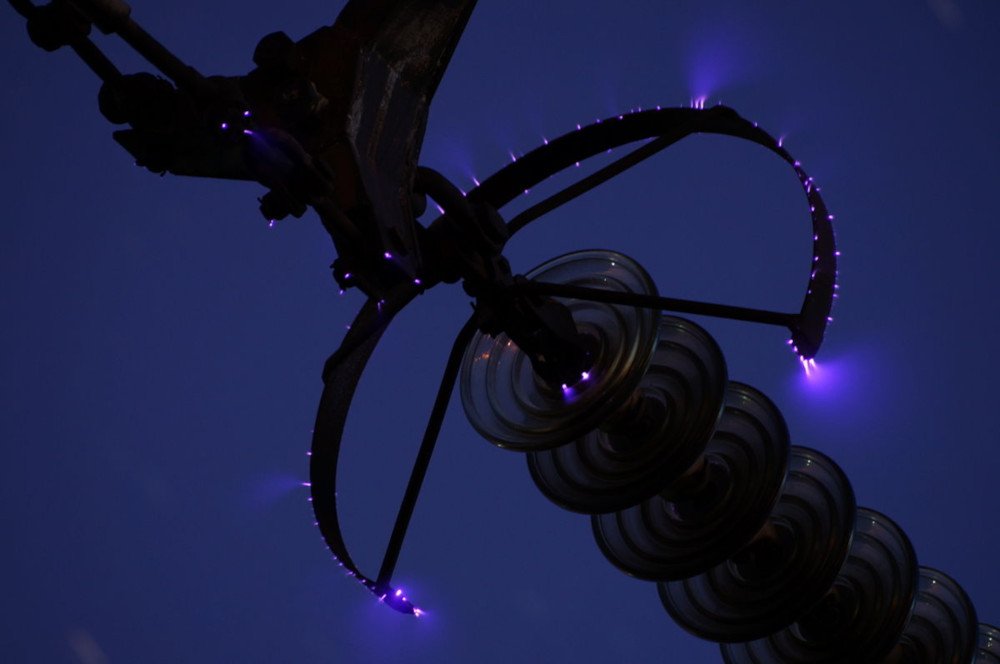Table of Contents (click to expand)
The buzzing sound that power lines produce is caused by a phenomenon called corona discharge. Corona discharge is an electrical discharge that occurs when a fluid (like air) surrounding an electrically-charged conductor becomes ionized. In simple terms, it’s the noise that air (surrounding the power lines) makes as electricity jumps through it.
While walking down a particularly empty street, especially at night, with high power lines overhead, have you ever heard a distinct buzzing sound emanating from the wires? Similar sounds can be heard close to transformers (although the mechanisms behind the sounds produced by power lines and transformers are different).
There is nothing special or remarkable about these buzzing sounds – they’re just a constant, flat ‘buzzing’ noise, but they’re hard to ignore!
Do you know why high power lines and transformers produce those flat, monotonous sounds?

Let me start by telling you that that buzzing sound actually has a name, and a pretty neat one at that!
Mains Hum Or Electric Hum
Mains hum, electric hum or power line hum… these are the terms generally used to refer to the sounds that are produced by transformers or power lines due to the passage of alternating current at the frequency of the mains electricity. Typically, the fundamental frequency of the buzzing sound that you hear is 50 or 60 Hertz, depending on the local power line frequency. It also depends on the country you’re in, as different parts of the world use different frequencies of current.

Now that we know what ‘electric hums’ are, let’s look at the various reasons behind them.
Also Read: What Is A Transformer?
Buzzing/humming Sound Of A Transformer
Transformers hum for two main reasons: stray magnetic fields and magnetostriction. Magnetic fields cause the internal accessories of the transformer to vibrate at a frequency of either 50 or 60 Hz.
The other source of the electric hum produced by a transformer is magnetostriction. Magnetostriction occurs when a ferromagnetic material interacts with an alternating magnetic field, and consequently undergoes minute expansion and contraction.

When the iron core within the transformer coils expands or contracts (i.e., changes shape minutely) due to the magnetic effect of alternating current flowing through it, it produces a small amount of vibration. This is what makes the transformer produce that constant buzzing sound.

These buzzing sounds of a transformer can be minimized by making certain design tweaks, but they cannot be completely eliminated. It should be noted that the intensity of those humming sounds is proportional to the applied voltage: the higher the applied voltage, the greater the ‘hum intensity’. This is why you may not always hear that humming sound from some transformers.
This section was all about transformers, but the explanation for the hum from overhead power lines is also quite interesting.
Also Read: Why Do Microwaves Make Noise?
Buzzing/humming Sound Of High Power Lines
The sound that you hear from overhead power lines is due to a phenomenon called corona discharge. Corona discharge is an electrical discharge that occurs when a fluid (like air) surrounding an electrically-charged conductor becomes ionized.
In simple terms, it’s the noise that air (surrounding the power lines) makes as electricity jumps through it. Note that this is different from the mechanism that causes the electric hum in transformers.

Corona discharge usually occurs by itself in high-voltage systems, unless steps have been taken to limit the range of the electric field. In addition to producing a slow, buzzing sound, it also produces a bluish glow in the air surrounding power lines.
In fact, this phenomenon is not very different from a lightning bolt; you could say that it’s a miniature version of a lighting strike, only the latter produces a blinding flash of light (rather than a soft bluish glow) and a thundering boom (rather than a soft buzz).
Also Read: How Does Electrical Power Transmission Work?
Do you know why power lines buzz?

References (click to expand)
- Goldman, M., Goldman, A., & Sigmond, R. S. (1985, January 1). The corona discharge, its properties and specific uses. Pure and Applied Chemistry. Walter de Gruyter GmbH.
- Corona discharge ignition. The University of Southern California
- FK Lu. IONIZATION OF AIR BY CORONA DISCHARGE The .... The University of Texas at Arlington
